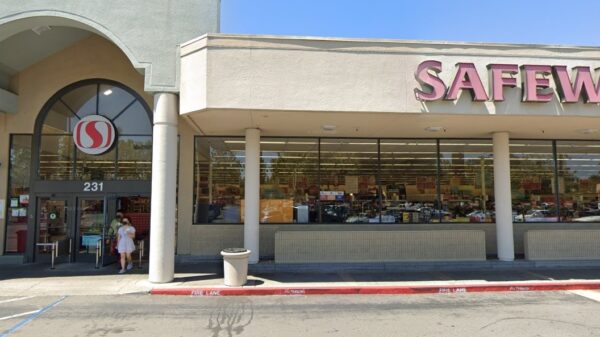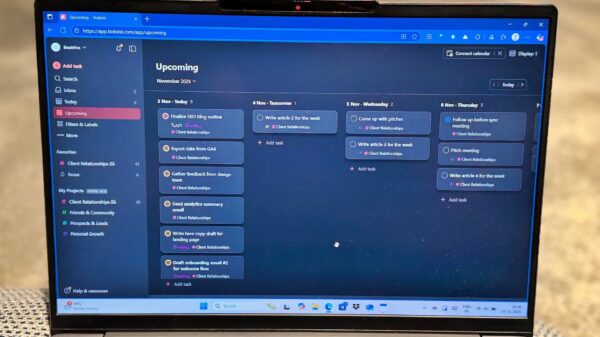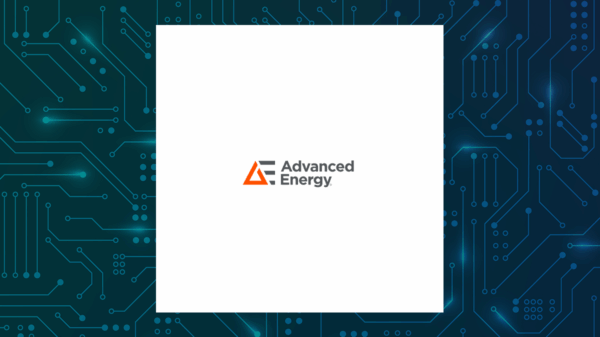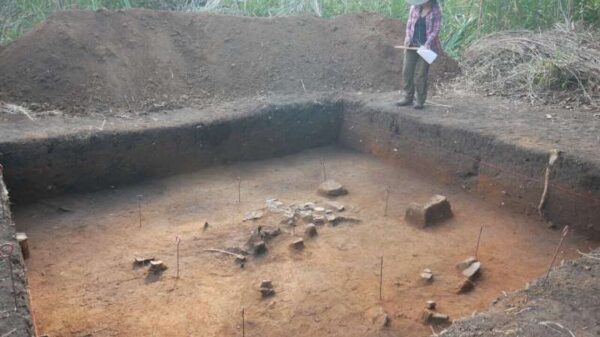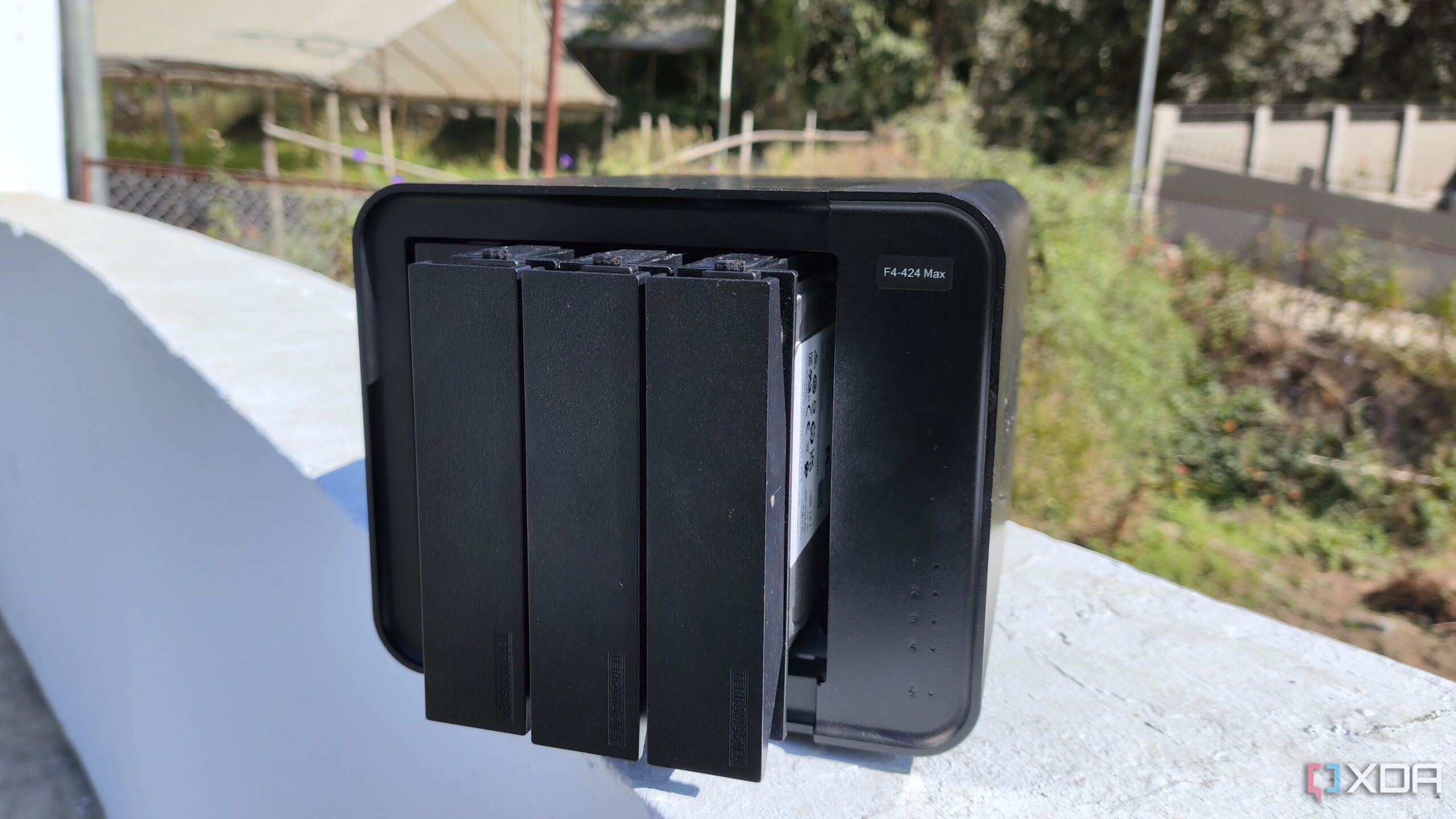UPDATE: New insights reveal the best RAID levels for NAS servers and home labs are essential for data protection and performance. As of today, experts emphasize that understanding these configurations can significantly impact your data storage strategy.
RAID, or Redundant Array of Independent Disks, is a hot topic among tech enthusiasts and professionals alike. With the increasing reliance on data storage solutions, choosing the right RAID level is more critical than ever. Each RAID configuration offers unique benefits and drawbacks, and selecting the wrong one could leave your data vulnerable.
RAID-Z1 stands out as the top choice for balanced usable space and error recovery. With a minimum of just three drives, RAID-Z1 utilizes a parity-based system to safeguard your data while maintaining efficient storage. Unlike traditional RAID 5, which suffers from the notorious write-hole problem, RAID-Z1 employs the ZFS file system, ensuring robust checksums and reliable data recovery. However, users should be aware of the slower resilvering times when replacing failed drives, particularly with high-capacity HDDs.
For those prioritizing performance, RAID 10 is a leading contender. This configuration mirrors data across pairs of drives, providing exceptional write speeds and reliability. Users can enjoy the benefit of surviving drive failures without compromising on performance. However, RAID 10 requires at least four drives, leading to a 50% loss in storage capacity, which may not be ideal for every home lab setup.
Budget-conscious individuals looking for a simpler solution may find RAID 1 appealing. Although it lacks the advanced features of other RAID levels, RAID 1 offers basic fault tolerance for two-bay NAS enclosures. Users can achieve a level of data protection without significant investment, making it a practical choice for beginners.
While some may consider RAID 0 for its superior transfer speeds, experts warn against its significant risks. With data striped across multiple disks, losing even one drive results in total data loss, making it unsuitable for most users.
As interest in home lab setups grows, the demand for effective RAID solutions will only increase. Understanding the nuances of each RAID level is vital for anyone looking to protect their data assets effectively.
Next steps: Tech enthusiasts and professionals should evaluate their storage needs and consider these RAID levels based on performance and risk tolerance. As technology advances, staying informed about the latest RAID options is crucial for any data-driven initiative.
Make sure to share this urgent update with fellow tech aficionados to keep them informed on the best RAID solutions for their NAS and home lab environments.



